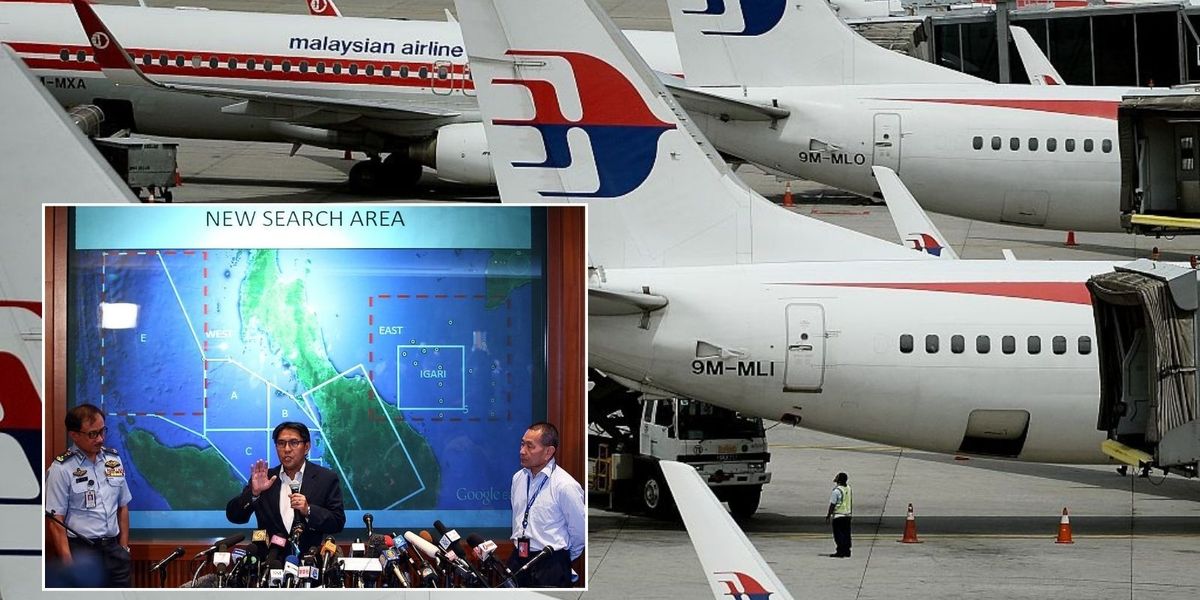The Quest for MH370: A New Hope in the Search for the Missing Aircraft
The disappearance of Malaysia Airlines Flight MH370 remains one of the greatest aviation mysteries of our time. Vanishing from radar just 38 minutes after taking off from Kuala Lumpur International Airport on March 8, 2014, the aircraft, carrying 227 passengers and 12 crew members, has never been found. Despite extensive search efforts spanning several years and involving multiple countries, the fate of the flight and its occupants remains unknown. However, recent developments suggest that a breakthrough may be on the horizon, as an underwater "boom" could hold the key to locating the wreckage.
The Enigmatic Flight Path
The official account of MH370’s final moments paints a perplexing picture. After its initial ascent, the plane made an unusual U-turn, flying back over Malaysia before veering northwest near Penang Island. It then crossed the Andaman Sea, disappearing from radar without a trace. This erratic flight path has led to numerous theories regarding the aircraft’s fate, ranging from mechanical failure to hijacking. Yet, despite the extensive search efforts, including the deployment of advanced sonar technology and underwater drones, the main wreckage has eluded discovery.
A New Proposal for Search Efforts
In a promising turn of events, Ocean Infinity, an underwater robotics company, has submitted a new search proposal to the Malaysian government. The company has expressed readiness to commence operations as early as November, pending governmental approval. This renewed effort is fueled by advancements in technology and a fresh approach to the search methodology.
The Role of Hydrophones
Dr. Usama Kadri, a professor of mathematics and engineering at Cardiff University, has proposed that hydrophones—underwater microphones—could play a crucial role in locating MH370. His research, which analyzed hundreds of hours of hydrophone data from previous plane crashes in the ocean, suggests that a single, split-second noise might be the last remaining trace of the missing aircraft.
Dr. Kadri emphasizes the importance of sound frequency in this search. "If you want to listen to it [MH370 sound], it has to be in the audible range," he explained. The signals typically range between 2 hertz and 40 hertz, but sounds below 20 hertz are inaudible to the human ear. He believes that by simulating the impact of the crash on the ocean’s surface, researchers could potentially identify the sound signature of MH370.
Experimentation and Challenges
To validate this theory, Dr. Kadri suggests conducting experiments that mimic the conditions of the crash. He has developed a method to accelerate the sound frequency, making it audible, albeit for a very brief duration. "I can make the sound 40 times faster so that it’s audible, but it would only last a fraction of a second," he noted. This presents a significant challenge, as capturing such fleeting sounds in the vastness of the ocean is no small feat.
There are two hydroacoustic stations located at Cape Leeuwin in Western Australia and Diego Garcia in the Indian Ocean, which could be instrumental in this search. These stations are equipped to detect low-frequency sounds, providing a potential avenue for locating the wreckage.
Ocean Infinity’s Commitment
Oliver Plunkett, CEO of Ocean Infinity, has expressed a strong commitment to finding MH370. "We now feel in a position to be able to return to the search for missing aircraft MH370, and have submitted a proposal to the Malaysian government," he stated. Plunkett emphasized the emotional weight of the search, noting that bringing resolution to the families affected by the tragedy has been a constant motivation for the team.
"This search is arguably the most challenging, and indeed pertinent one out there," he added. Ocean Infinity has been collaborating with various experts to analyze existing data and narrow down potential search areas, increasing the likelihood of success.
Conclusion: A Glimmer of Hope
As the tenth anniversary of MH370’s disappearance approaches, the renewed search efforts led by Ocean Infinity and the innovative use of hydrophones offer a glimmer of hope in resolving this enduring mystery. While the challenges are immense, the combination of advanced technology and a fresh perspective could finally lead to the discovery of the wreckage and provide answers to the families of those lost on that fateful day. The world watches with bated breath, hoping that the secrets of MH370 will soon be unveiled.
